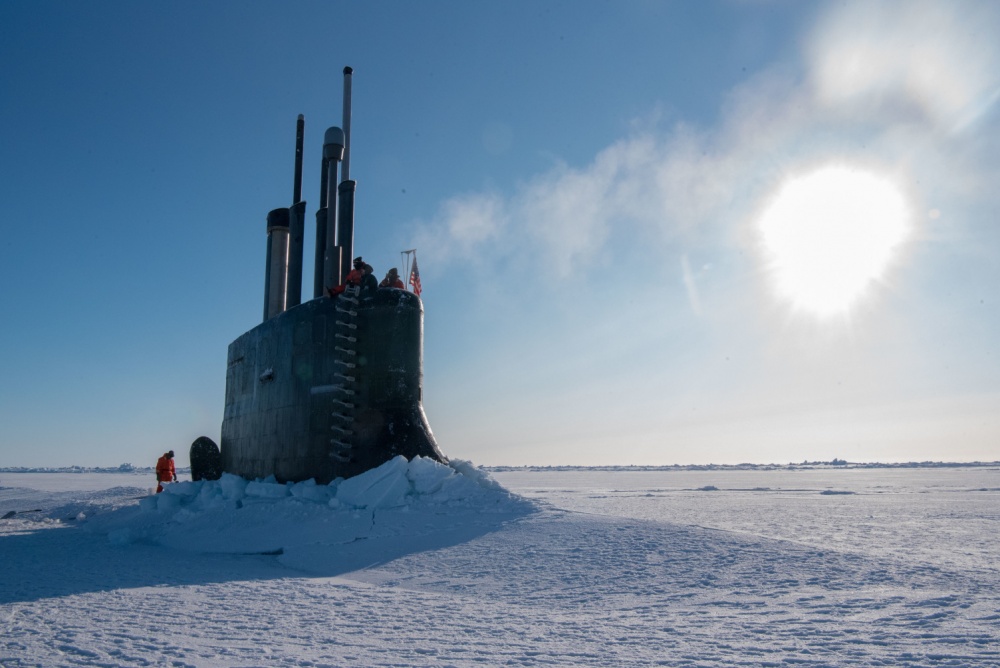Congress calls for a new US Arctic defense strategy
The most recent strategy was adopted just last year, yet the Arctic wasn't included in this year's national defense strategy, prompting lawmakers to urge more attention to the region from the Defense Department.

Last week, the new National Defense Authorization Act made headlines for strongly recommending the construction of six polar-class icebreakers in the next decade — “as expeditiously as possible.”
But that’s not the only time the Arctic was mentioned in the act. Lawmakers also asked Secretary of Defense James Mattis to submit an updated strategy for the Arctic no later than June 1, 2019.
The report will include a summary of U.S. national security interests in the Arctic, including the threats and security challenges “posed by adversaries operating in the Arctic region” — especially Russia and China.
Officials will need to list all land, sea and air vessels and forces currently available for Arctic operations, and the strategy will also address the training and resource gaps for cold-weather operations.
In addition, the act asks defense officials to improve joint operations with other military branches — particularly the Coast Guard — as well as with local, state and federal governments.
The last Arctic defense strategy was just updated last year, in February 2017. But when the most recent national defense strategy was released earlier this year, the Arctic was conspicuously missing.
“General Mattis talked about everywhere on earth, basically, except for the Arctic,” House representative Duncan Hunter (R-CA) said at a hearing in June. The maritime transportation committee expressed bipartisan support for an updated Arctic strategy as part of the overall U.S. defense strategy.
When it comes to a cohesive Arctic strategy, John Garamendi (D-CA) said at the hearing, “there’s more to it” than simply constructing ice-capable vessels. The much-discussed icebreakers are part of such a strategy, but they only help achieve Arctic goals — they are not a plan on their own.
Hunter agreed. “The icebreakers are going to be built,” he said. “There needs to be a strategy to go along with them.”
Garamendi predicted that the NDAA, which was passed last Wednesday, would give the department of defense “a swift kick to deal with the Arctic Ocean.”
He criticized the Navy’s “shocking” lack of interest in the Arctic. “The Navy simply has abandoned the Arctic Ocean, other than submarines,” he said.
“This committee is ready to develop an Arctic strategy since the whole of government has ignored it,” Garamendi said.
The NDAA instructs military branches such as the Navy and Coast Guard to develop written plans for how they will work together “to improve and enhance joint operations” in the Arctic region.
The act also asks defense agencies to improve cold-weather training and education — and suggested more collaboration with indigenous communities.
As Laurie Hummel, adjutant general of Alaska’s National Guard, recently pointed out, “We have indigenous peoples, we have Alaska Native Peoples, who are in our formations.”
At a Woodrow Wilson Center event in June, Hummel called members of these communities “the preeminent experts on not only surviving but thriving in the Arctic,” and she highlighted the importance of incorporating invaluable indigenous knowledge into cold-weather training and strategies.